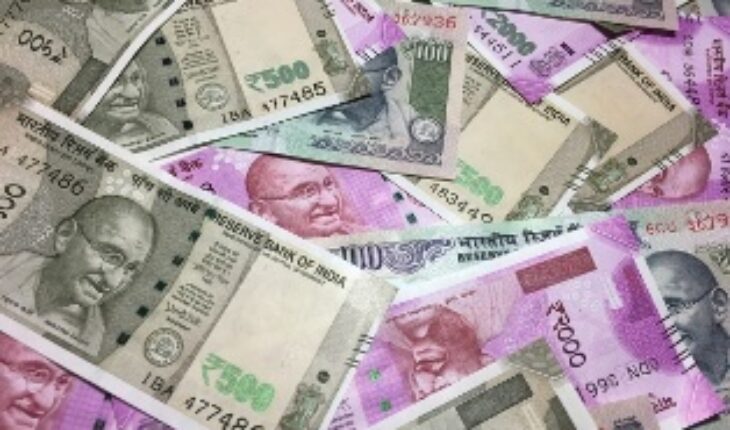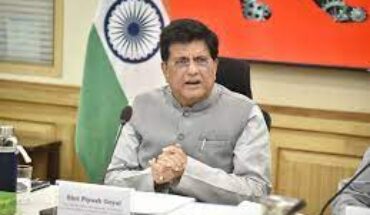New Delhi: It is no mean achievement when Indian economy flexed its muscles in 2016 and briefly nosed ahead of Britain — its once colonial master. But the honour was fleeting as India quickly fell back to the sixth-largest position, with considerable headwinds from demonetisation and delay in GST rollout queering the pitch.
At the start of 2016, everything looked hunky-dory as the country took pride in being the world’s fastest-growing major economy, but the momentum seemed to have petered out by the end of the year as spending took a hit and industrial activity faltered with the junking of 86 per cent of currency in circulation, leading to an across-the-board downgrade in growth projections.
The first half saw India being called the bright spot and rightly so — in a world searching for growth engine. The government moved in to reconfigure its economic architecture through new institutional mechanisms like the one to tackle monetary policy. But Brexit, protectionist signal from Donald Trump fresh from the surprise US presidential election win, the Syrian turmoil and an uptick in oil prices partly reversed some of the gains and capped 2016 as a tumultuous year. The economic agenda for 2017 remain clear. Finance Minister Arun Jaitley needs to impart a big push to the economic activity in the budget coming up in a month — through not just raising spending on socio-economic infrastructure but dealing with the fallout of the cash recall exercise. The need of the hour is a ‘feel-good budget that will give people something to look forward to while taking the reforms agenda to the logical conclusion, including a schedule for the landmark GST launch that can be honoured. Once expected to overtake the UK GDP in 2020, the moment arrived early enough in mid-December on the back of a near 20 per cent drop in the value of the pound after the shock Brexit vote. This squeezed UK’s 2016 GDP to 1.87 trillion pound (USD 2.29 trillion) as against India s USD 2.3 trillion (Rs 153 lakh crore). But the change of fortunes came when forex rates realigned and the UK economy stood at USD 2.3 trillion compared with USD 2.25 trillion of Indian economy as the year drew to a close. The jury is still out as India is expected to bridge the gap in the new year even if it were to grow at a lower pace of 7 per cent and UK s growth is projected at no more than 2 per cent through 2020. — PTI





